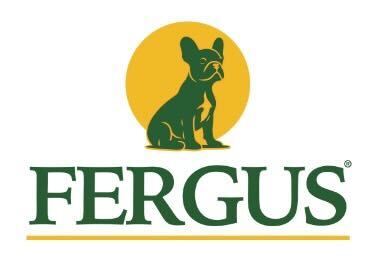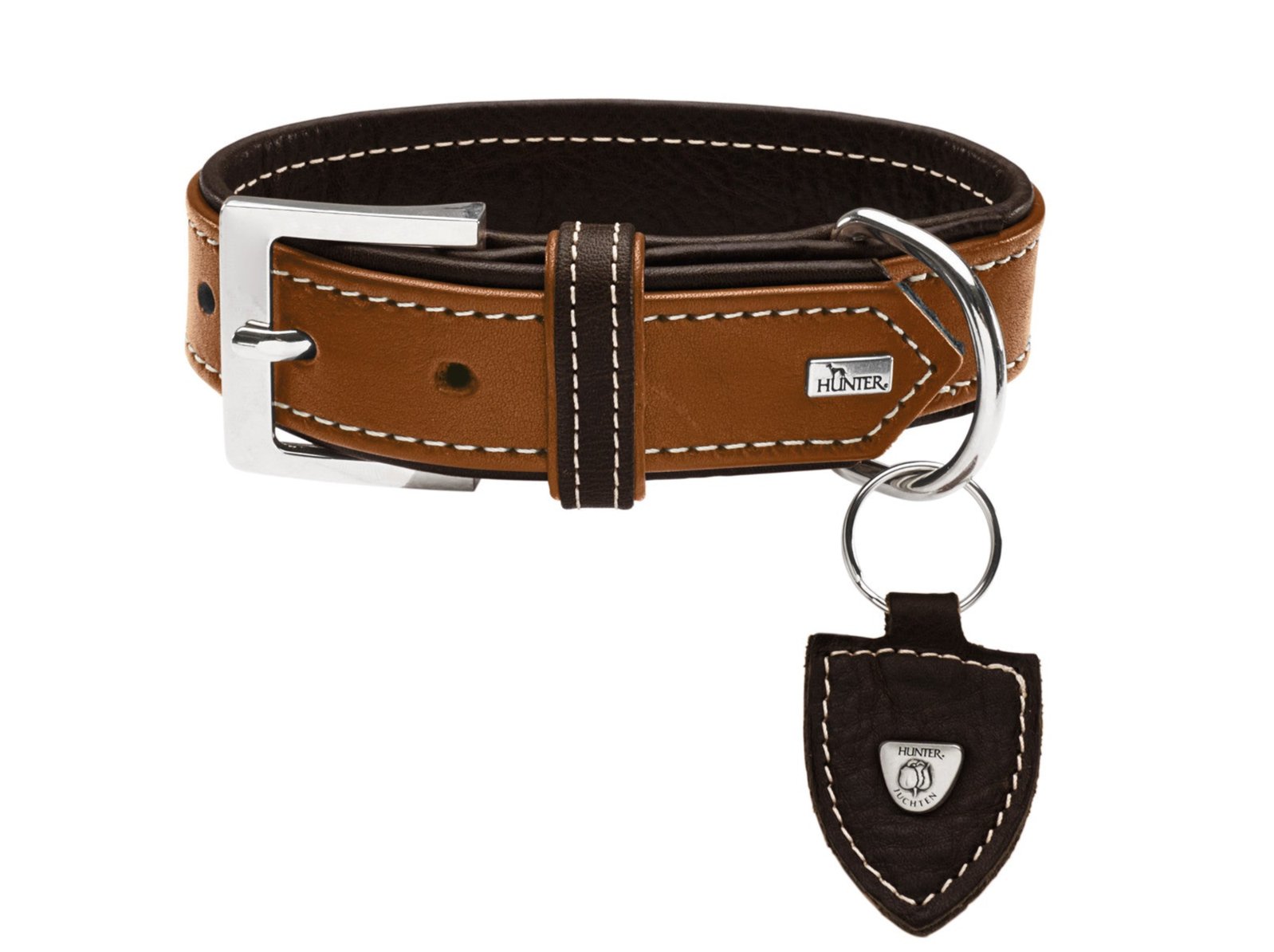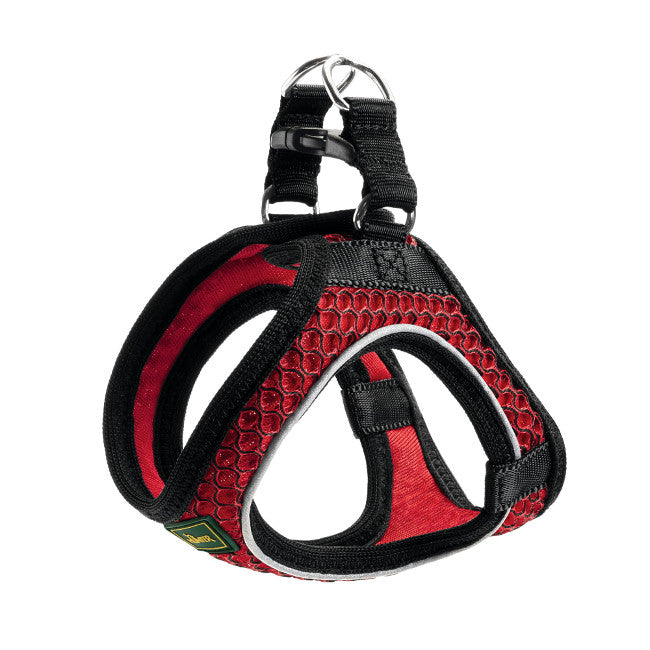Keeping your dog in shape is important
10/13/2021 is National pet obesity awareness day and we thought it’s a great opportunity to find more information about this topic and share it with you.
Obesity is a big issue worldwide, but not only people suffer from this disease, but dogs can be overweight too. Some dogs have it in their genes in general, but mostly we should the ones responsible for their healthy weight and appropriate diet to avoid health problems described below.

North America’s most common preventable disease among dogs is obesity. The data from VCA say that between 25 to 30% of the general North American dog population is obese, with 40 to 45% of dogs between ages 5 and 11 having higher than normal body weight.
The largest veterinary system in the USA, Banfield Pet Hospital, claims the number of overweight or obese dogs has more than doubled between 2011 and 2020, showing a prevalent dog obesity issue that predates “pandemic pounds” from quarantine. However, 1 out of 10 respondents to this study didn’t think their pet has become more overweight. (Source: ‘Spirit Dog’).
Here are just some of the health risks associated with dog obesity:
- Breathing problems
- High blood pressure
- Diabetes
- Skin problems
- Bone and joint issues
- Weakened immune system
- Higher risk of cancer
All the above information are showing us that we, as pet owners, should be more aware of the risks of dog obesity and remember well we are the ones responsible to make healthy choices for our furry friends.

What can you do to help your dog maintain the right body weight?
As a general rule, dogs are considered obese when they weigh 20% or more above their ideal body weight. Your dogs’ risk of obesity increases significantly from overfeeding, but age and breed are also risk factors — and the health issues that can arise as a result.
To understand what you can do to help keep your dog at a healthy weight, here are some of the most common hurdles you can face when trying to keep your companion’s fit:
- Giving in when your pet begs for food or treats
- Not knowing the best strategies for pet weight loss
- Trouble exercising your pet due to health or mobility issues
- Not paying enough attention to the pet’s diet

If you yourself struggle with one or more of those issues above, here’s what you can do:
- Give you dog enough exercise: make sure your dog gets his daily walks and other physical activity sessions as needed.
- Control food portions: consult with your vet to determine if your dog is an ideal weight, or if you need to consider cutting down on his portion sizes.
- Keep ongoing track of your dog’s body weight: you could have a body score chart for your dog. It is informative and easy to consult whenever you need it.
- Choose a balanced diet for your dog: Consider a recipe that has all natural ingredients and vitamins your dog needs. Also, check if your dog has any allergies and then you can consult it with your vet as well.
Do you already have experiences with such disease with your pet? What did you do about it? Let us know.









Leave a comment